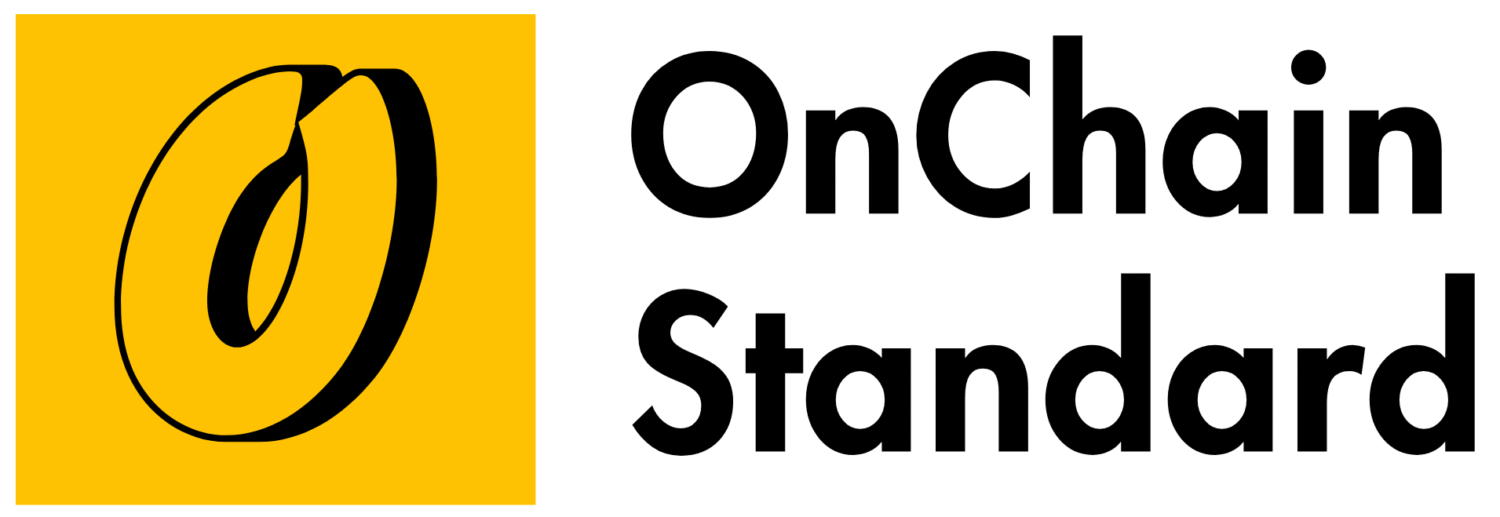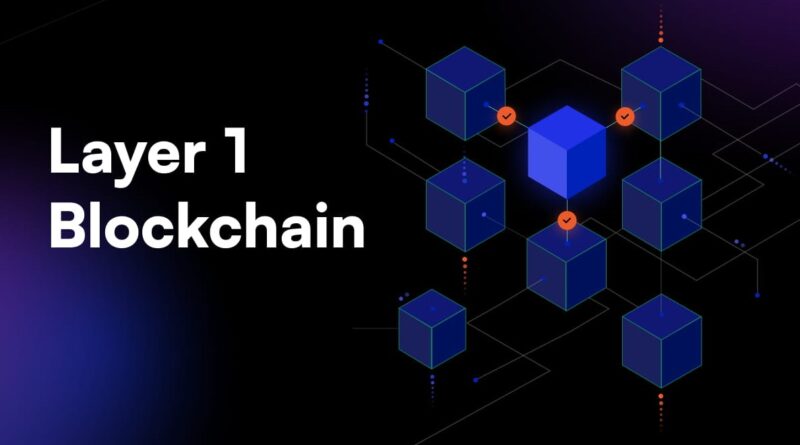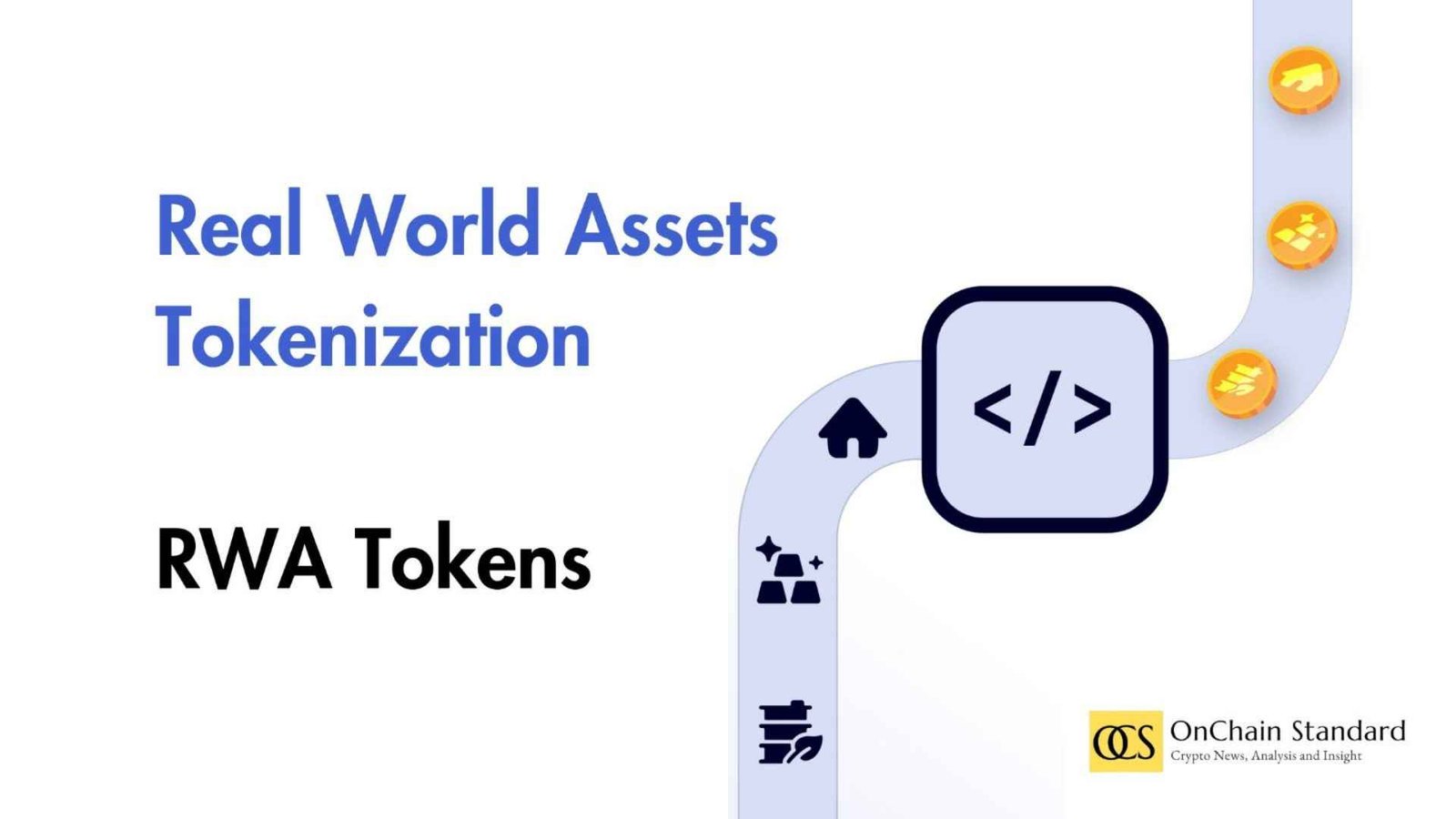What Is a Layer 1 Blockchain? A 2025 Guide
Understand what a Layer 1 blockchain is, its role in crypto, and examples like Bitcoin, Ethereum, and Sonic. Learn how these foundational networks drive DeFi, NFTs, and Web3 in 2025.
Introduction: The Foundation of Blockchain Technology
In the fast-evolving world of cryptocurrency, Layer 1 blockchains form the backbone of decentralized ecosystems, powering everything from DeFi to NFTs. As of July 2025, with the global crypto market cap at $2.3 trillion, understanding Layer 1 blockchains is key to navigating the Web3 landscape. These foundational networks, like Bitcoin, Ethereum, and Sonic, operate as independent, decentralized ledgers that process and secure transactions without intermediaries. This article explains what Layer 1 blockchains are, their core features, and why they matter in 2025.
Defining a Layer 1 Blockchain
A Layer 1 blockchain is the base-level protocol in a blockchain ecosystem, responsible for core operations like transaction processing, consensus, and data storage. Unlike Layer 2 solutions, which enhance scalability on top of Layer 1, these networks are self-contained and maintain their own security, governance, and tokenomics. Layer 1 blockchains use native tokens (e.g., BTC for Bitcoin, $S for Sonic) to incentivize validators, pay transaction fees, and enable governance.
Key Characteristics
-
Decentralization: Operates without a central authority, relying on a distributed network of nodes to validate transactions.
-
Consensus Mechanisms: Uses protocols like Proof of Work (PoW) or Proof of Stake (PoS) to agree on transaction validity.
-
Native Tokens: Powers network operations, such as staking or fees, with tokens like ETH or $S.
-
Smart Contracts: Many Layer 1s, like Ethereum and Sonic, support programmable contracts for DeFi, NFTs, and dApps.
-
Security: Employs cryptography to ensure transaction integrity and protect against attacks.
How Layer 1 Blockchains Work
Layer 1 blockchains maintain a decentralized ledger, recording transactions across a network of nodes. Here’s a simplified process:
-
Transaction Initiation: Users send transactions (e.g., transferring BTC or swapping tokens on Sonic).
-
Validation: Nodes verify transactions using consensus mechanisms like PoW (Bitcoin) or PoS (Sonic).
-
Block Creation: Validated transactions are grouped into blocks and added to the blockchain.
-
Immutability: Once added, blocks are cryptographically linked, ensuring tamper-proof records.
-
Incentives: Validators or miners earn native tokens for securing the network.
For example, Sonic processes 400,000 transactions per second (TPS) with sub-second finality, while Bitcoin handles ~7 TPS with 10-minute block times, showcasing diverse Layer 1 designs.
Examples of Layer 1 Blockchains in 2025
Several Layer 1 blockchains dominate the crypto space, each with unique strengths:
-
Bitcoin (BTC): The first blockchain, launched in 2009, focused on secure, decentralized payments. Market cap: ~$1.2 trillion (July 2025).
-
Ethereum (ETH): Known for smart contracts and dApps, Ethereum powers DeFi and NFTs. Post-2022 PoS transition, it processes ~15 TPS with a $400 billion market cap.
-
Sonic ($S): Launched in January 2025, Sonic offers 400,000 TPS and sub-second finality, with a $1.41 billion market cap and $1 billion TVL, ideal for DeFi and gaming.
-
Solana (SOL): A high-speed Layer 1 with ~65,000 TPS, supporting DeFi and NFTs, with a $70 billion market cap.
-
Binance Smart Chain (BSC): Offers low-cost transactions for dApps, with a $50 billion market cap.
Layer 1 vs. Layer 2: What’s the Difference?
Layer 1 blockchains are the foundational networks, while Layer 2 solutions, like Base or Unichain, are built on top to enhance scalability. For example:
-
Layer 1 (Sonic): Handles core consensus, security, and tokenomics, but may face scalability limits.
-
Layer 2 (Base): Uses rollups to process thousands of transactions off-chain, settling on Ethereum for lower fees and faster speeds.
Sonic’s native speed reduces reliance on Layer 2s, while Ethereum leans on solutions like Arbitrum to scale.
Why Layer 1 Blockchains Matter in 2025
Layer 1 blockchains are the foundation of Web3, driving innovation across industries:
-
DeFi Growth: Platforms like Sonic’s Shadow Exchange and Beets leverage Layer 1 speed for efficient trading and staking.
-
NFTs and Gaming: Sonic’s 400,000 TPS supports high-throughput NFT marketplaces and blockchain games.
-
Financial Inclusion: With 750 million smartphone users globally, Layer 1s enable borderless transactions for the unbanked.
-
Corporate Adoption: Companies like Metaplanet use Bitcoin’s Layer 1 for treasury reserves, holding 15,555 BTC ($1.7 billion) in 2025.
-
Interoperability: Sonic’s Ethereum bridge and Fly ($FLY) token facilitate cross-chain swaps, connecting ecosystems.
Challenges of Layer 1 Blockchains
-
Scalability: Some Layer 1s, like Bitcoin, struggle with low TPS, causing delays during high demand.
-
Energy Consumption: PoW-based chains like Bitcoin consume significant energy (~120 TWh annually).
-
Volatility: Native tokens, like $S (-70.55% from all-time high), face price swings.
-
Competition: Over 100 Layer 1s compete for developers and users, risking fragmentation.
The Future of Layer 1 Blockchains
In 2025, Layer 1 blockchains are evolving with faster consensus mechanisms, developer incentives, and eco-friendly designs. Sonic’s Fee Monetization program, distributing 90% of app fees to developers, sets a new standard for ecosystem growth. As global DeFi TVL reaches $92.3 billion and crypto adoption surges, Layer 1s will remain critical for secure, decentralized innovation.
Conclusion
Layer 1 blockchains like Bitcoin, Ethereum, and Sonic are the bedrock of the crypto ecosystem, enabling secure, decentralized transactions and powering DeFi, NFTs, and Web3 applications. With unique features—Bitcoin’s security, Ethereum’s smart contracts, and Sonic’s 400,000 TPS—they cater to diverse use cases. Despite challenges like scalability and volatility, their role in driving financial inclusion and innovation makes them essential in 2025’s $2.3 trillion crypto market. As ecosystems like Sonic grow, Layer 1s will continue shaping the future of decentralized technology.




